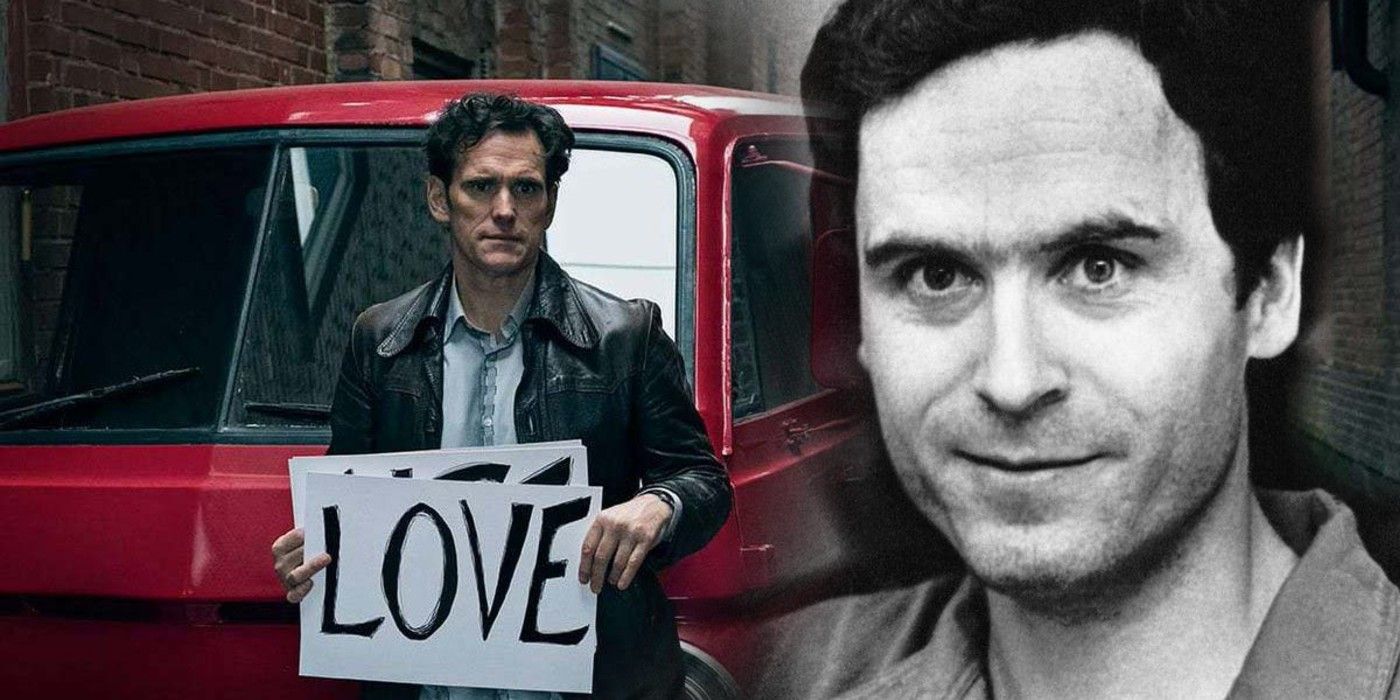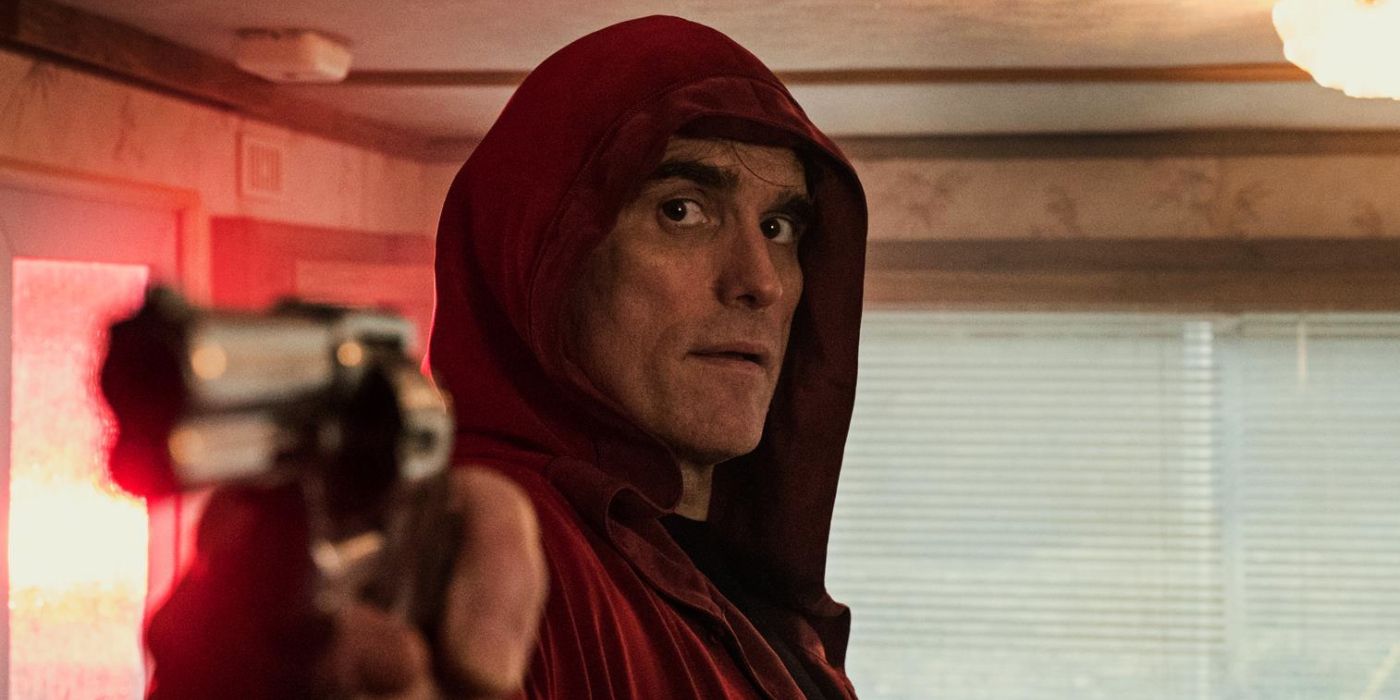Lars Von Trier’s 2018 horror, The House That Jack Built, follows the titular character portrayed by Matt Dillon as he details his crimes - which bear remarkable similarities to a real-life serial killer's. The film is a unique take on the serial killer sub-genre of horror, as Jack is an open book with nothing to hide. As Virgil (Bruno Ganz) details the nine circles of hell depicted in Dante Alighieri’s 14th century divine comedy, Dante’s Inferno.
In The House That Jack Built, Jack’s crimes are representative of each layer of Dante's grand design. The further he goes into murderous detail, the further into the inferno the characters go. Dante is arguably the architect of the modern concept of hell and its punishments, while, in contrast, Jack is shown to be an architect of his own murderous design. In order, the circles of hell include limbo, lust, gluttony, avarice (greed), wrath, heresy, violence, fraud, and treachery. Satan and Judas reside in the ninth circle as they are known for treacherous acts, which, by the end of the film, Jack joins the infamous traitors in.
In researching his role as Jack, Dillon utilized none other than prolific serial-killer Ted Bundy as inspiration for the characterization of the film’s murderer. Dillion stated during filming that Bundy was the perfect influence for the character, with Dillon’s performance as well as the crimes included in The House That Jack Built perfectly crystallizing the actor's certainty. While Bundy committed his crimes during the 1970s, he was regarded as the human incarnation of evil, lacking empathy and remorse. This equation alone makes Ted Bundy and Jack two of a kind, the epitome of malevolence, but there is so much more to their similarities.
How Ted Bundy Inspired Matt Dillon’s Jack
Ted Bundy was known for his charm and good looks, which caused him to grow a large following of young women who fought for his innocence despite the certainty of his guilt. Taking inspiration from the infamous killer, Dillon utilized the sociopath diagnosis of Bundy to craft a character who outwardly presented the archetypes of the psychopathology. Jack is also in various relationships with women who are entirely unaware of his crimes, as was Bundy prior to the beginning of his murder spree in the Pacific Northwest. Both of these killers, real or fictional, are shown to use their charisma to manipulate women into relationships or situations where they are alone - eerily highlighting Bundy's primary modus operandi.
Historically, once the sociopathic killer Bundy was alone with his victims, he would proceed to kill them in the most nefarious of ways. Similarly, Jack details several incidents in the movie where he gets women alone in order to hunt them for sport or brutally kill them in any way he desires. While Bundy’s official toll is thirty, it is presumed by law enforcement that he killed far more people. Conversely, according to The House That Jack Built, Jack has killed over sixty people, which can be attributed to the presumed number of Bundy’s true body count by some law enforcement agencies.
When Lars von Trier wrote his script, it is difficult to deduce whether he utilized Bundy as an inspiration for the character, or if it was artistic license on Matt Dillon's part. Regardless, Dillon undoubtedly saw the similarities between his character and Bundy, subsequently researching every detail, facial expression, and subtle mannerism of the infamous serial killer to bring Jack to life. The House That Jack Built cleverly examines the rise of a serial killer and gives a unique look inside Jack's mind; setting itself apart from similar offerings by creating a fictional character that is still steeped in eerie reality. Dillion's performance and dedication to his craft by smartly connecting the dots between Jack and Ted Bundy only add to the horrors of von Trier's compelling film.


